
The report shows that, implementing the policy of strong decentralization, linking authority with responsibility, the Hanoi People's Committee has taken drastic steps in assigning the commune level to be the investor of technical infrastructure projects along the route. This is a breakthrough to maximize the initiative of the grassroots, meet the requirements of synchronous development of the infrastructure system, associated with improving the effectiveness of state management, administrative reform and serving the people.
The decentralization principle established by the city clearly demonstrates a modern management perspective, ensuring both systematicity and consistency, and promoting the responsibility and capacity of local authorities. First of all, decentralization must ensure consistency in standards, norms, norms and general principles throughout the area. The city plays a role in planning, developing mechanisms and processes, and at the same time, inspecting, supervising, ensuring publicity, transparency, and avoiding duplication and overlap.
The People's Committee at the commune level is not only given authority, but also must be attached with specific responsibilities, especially in public investment management. The requirement is that the facility must have sufficient financial, human and professional capacity to complete the task. Thus, decentralization does not mean loosening management, but rather "conditional delegation of authority", so that the commune and ward can truly become the center for organizing and implementing projects directly related to community interests.
The city also affirmed the principle of maximum decentralization to the People's Committees at the commune level, in order to promptly resolve infrastructure development requirements, better serving people's lives. This principle is especially suitable for the requirements of new urban and rural development, at the same time, creating conditions for localities to be flexible and creative in implementation, but still within the framework of close supervision from the city.
Of the nearly 27,000 projects, the tasks of which were transferred from the district level to the grassroots level, there are about 14,000 projects in the field of technical infrastructure along the route, accounting for more than half. These are projects directly related to traffic, lighting, water supply, drainage, irrigation, dykes, telecommunications... These fields have a profound impact on people's daily lives.
This decentralization not only shortens the process and reduces intermediate levels, but also helps increase the efficiency of capital use, because the local government clearly understands the needs and characteristics of its locality. The new mechanism also ensures fairness and transparency as the city is building a set of objective criteria to assess the capacity of each commune and ward, thereby having a stronger classification and decentralization plan in the next phase.
For new projects implemented from 2026, the city continues to adhere to the principle of maximum decentralization to the grassroots level. Specifically, if the project is located entirely within a commune or ward, the People's Committee of the commune or ward will be assigned as the investor when capacity is ensured. In the case of inter-commune and inter-ward projects, the city will consider and select a unit with sufficient human resources, finance and experience to preside. In particular, if some communes and wards have outstanding capacity and are willing to use local budgets for city-level projects, the city will also agree to assign the right to be the investor to the commune level.
The decentralization principle that the city has determined is to decentralize the maximum level to the People's Committee at the commune level as the investor, because this is the unit that directly benefits from public investment. The city plays a unified role in setting goals, regulations, standards, norms and organizing inspection and supervision, while the commune level is the place that directly implements the project.
Hanoi's strong decentralization to the commune level is the driving force to promote synchronous and sustainable infrastructure development, contributing to building a civilized and modern Hanoi.
Source: https://hanoimoi.vn/ha-noi-tang-cuong-phan-cap-trao-quyen-cho-cap-xa-trong-dau-tu-ha-tang-theo-tuyen-718282.html


![[Photo] National Assembly Chairman Tran Thanh Man holds talks with South Korean National Assembly Chairman Woo Won Shik](/_next/image?url=https%3A%2F%2Fvphoto.vietnam.vn%2Fthumb%2F1200x675%2Fvietnam%2Fresource%2FIMAGE%2F2025%2F11%2F20%2F1763629724919_hq-5175-jpg.webp&w=3840&q=75)
![[Photo] President Luong Cuong receives President of the Senate of the Czech Republic Milos Vystrcil](/_next/image?url=https%3A%2F%2Fvphoto.vietnam.vn%2Fthumb%2F1200x675%2Fvietnam%2Fresource%2FIMAGE%2F2025%2F11%2F20%2F1763629737266_ndo_br_1-jpg.webp&w=3840&q=75)



![[Photo] Lam Dong: Panoramic view of Lien Khuong waterfall rolling like never before](/_next/image?url=https%3A%2F%2Fvphoto.vietnam.vn%2Fthumb%2F1200x675%2Fvietnam%2Fresource%2FIMAGE%2F2025%2F11%2F20%2F1763633331783_lk7-jpg.webp&w=3840&q=75)

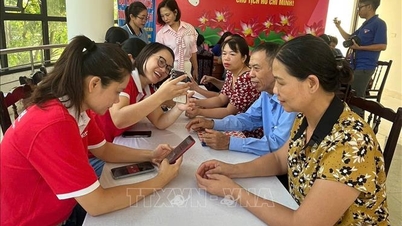

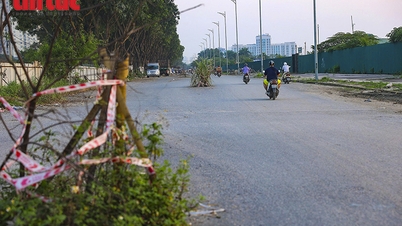
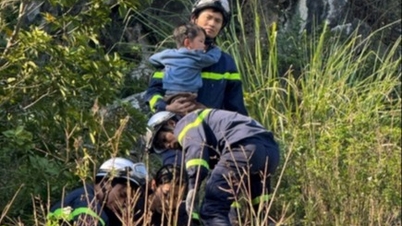



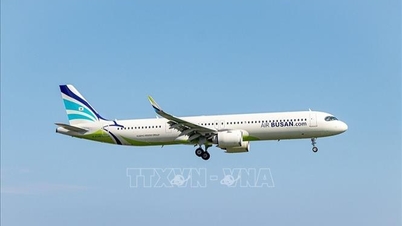

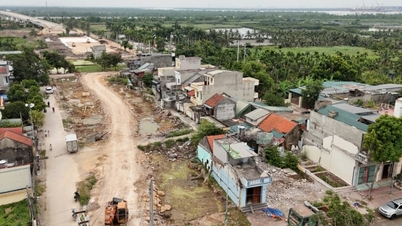

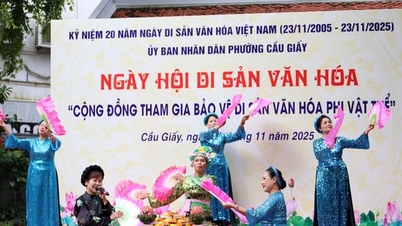

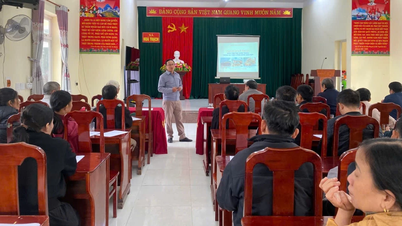

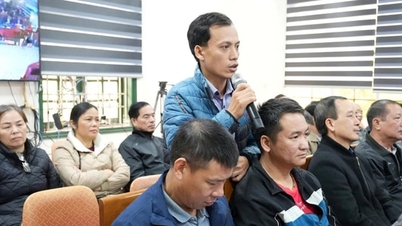





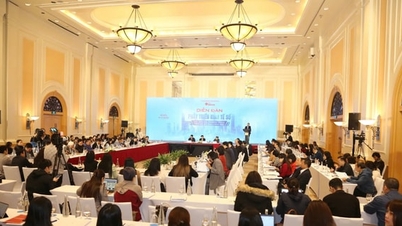

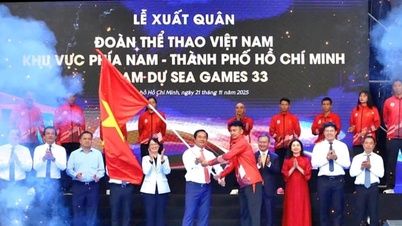
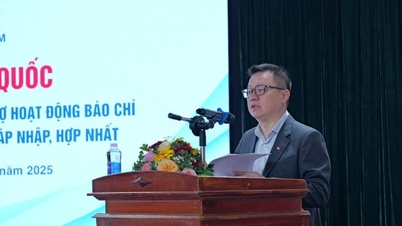



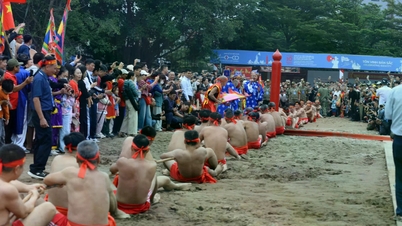

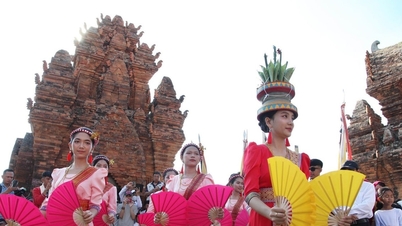









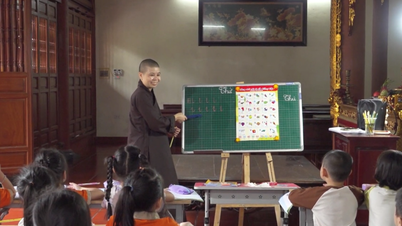


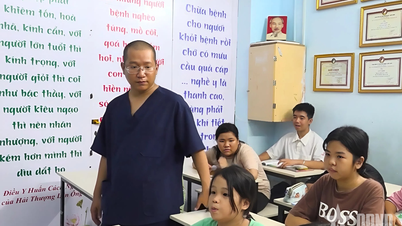

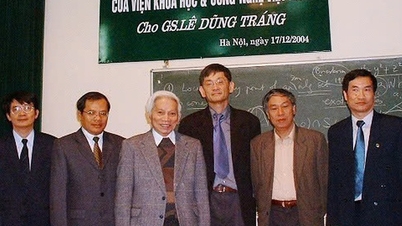

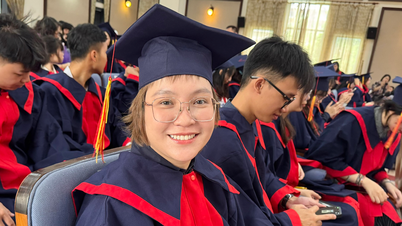





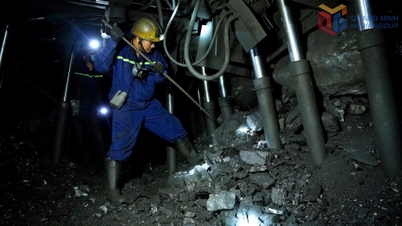


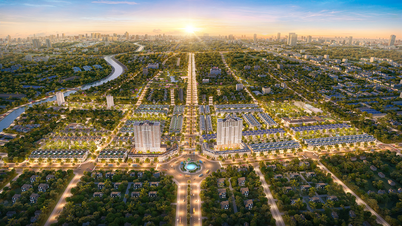
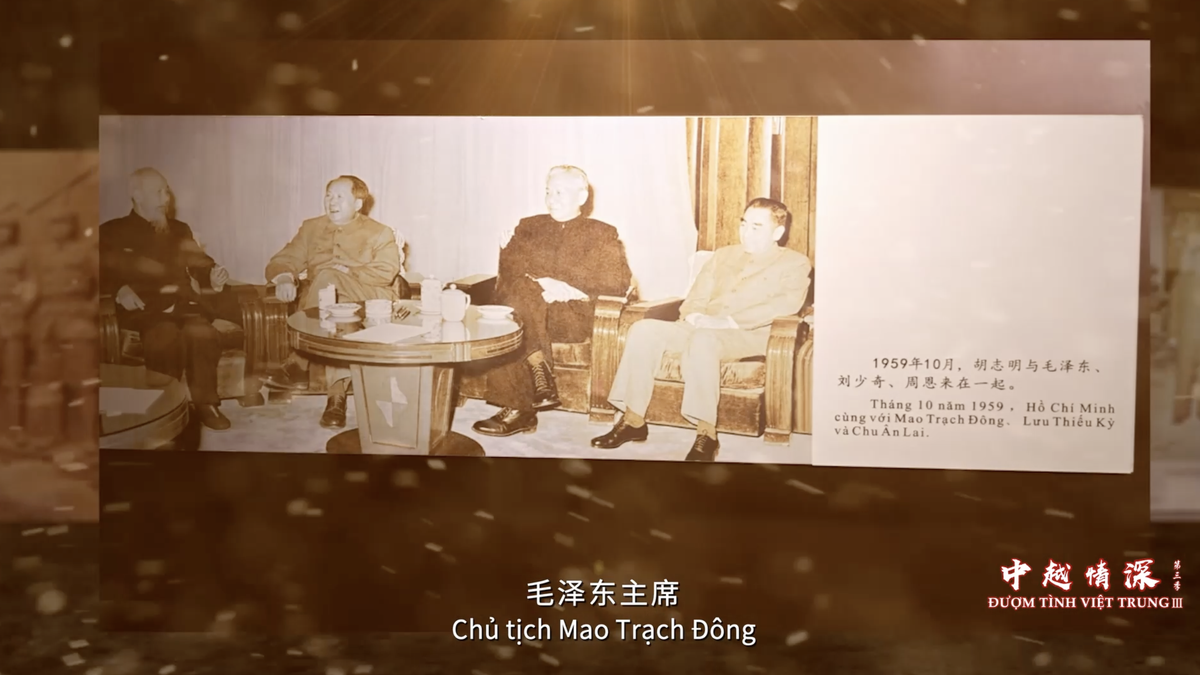




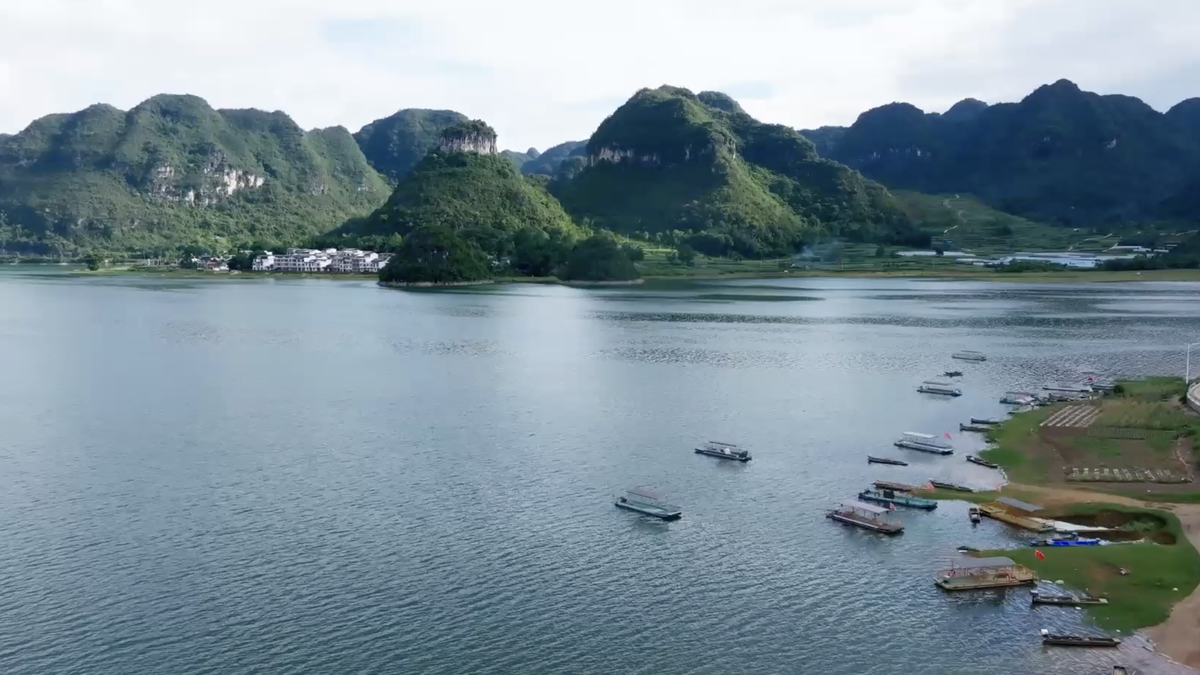
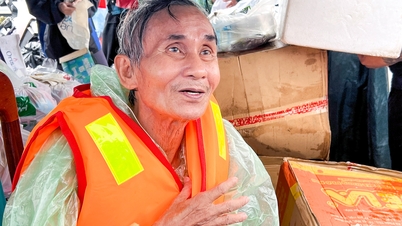


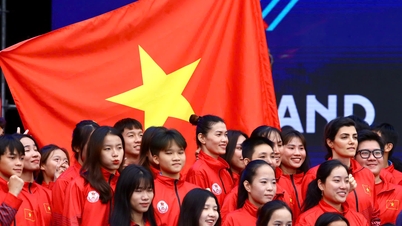

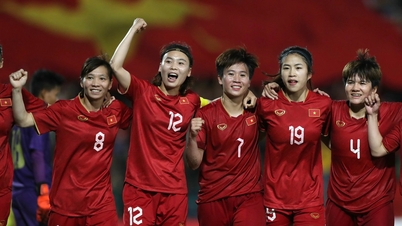



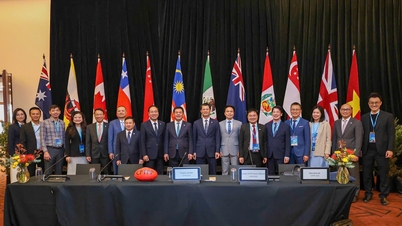
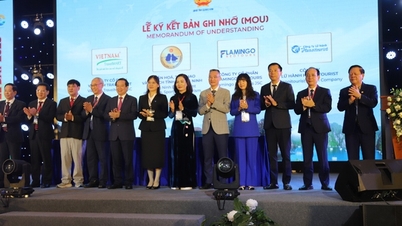

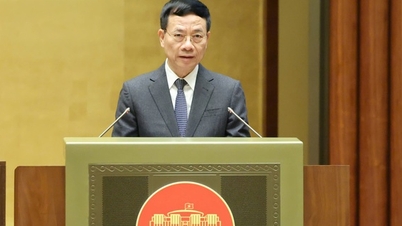

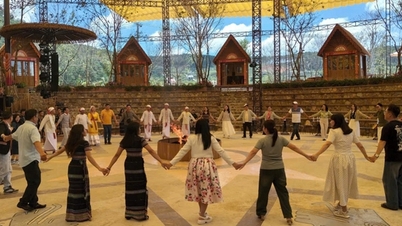

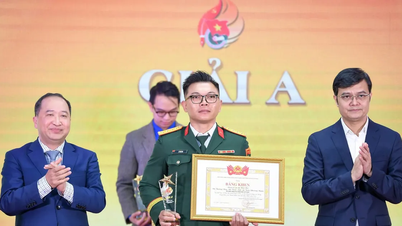

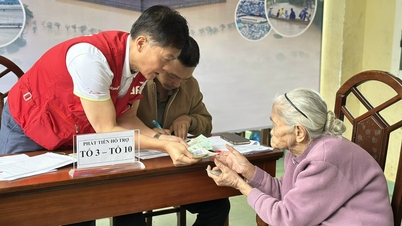
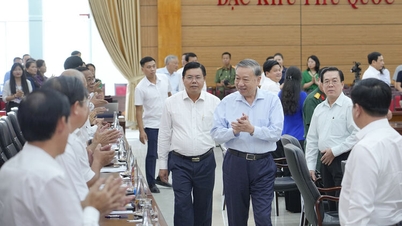
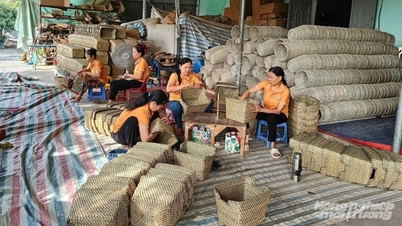

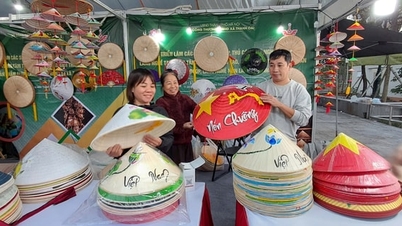











Comment (0)